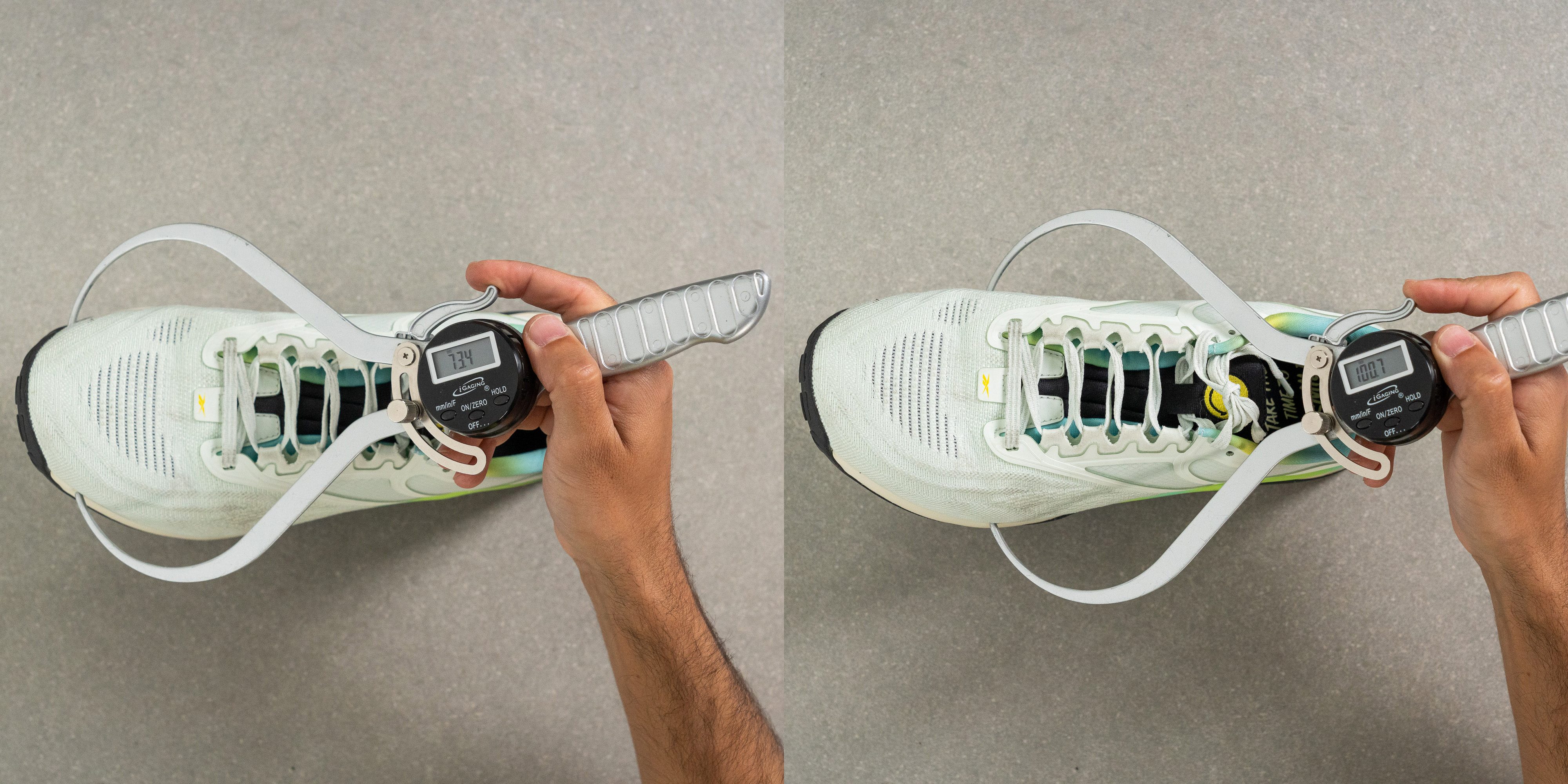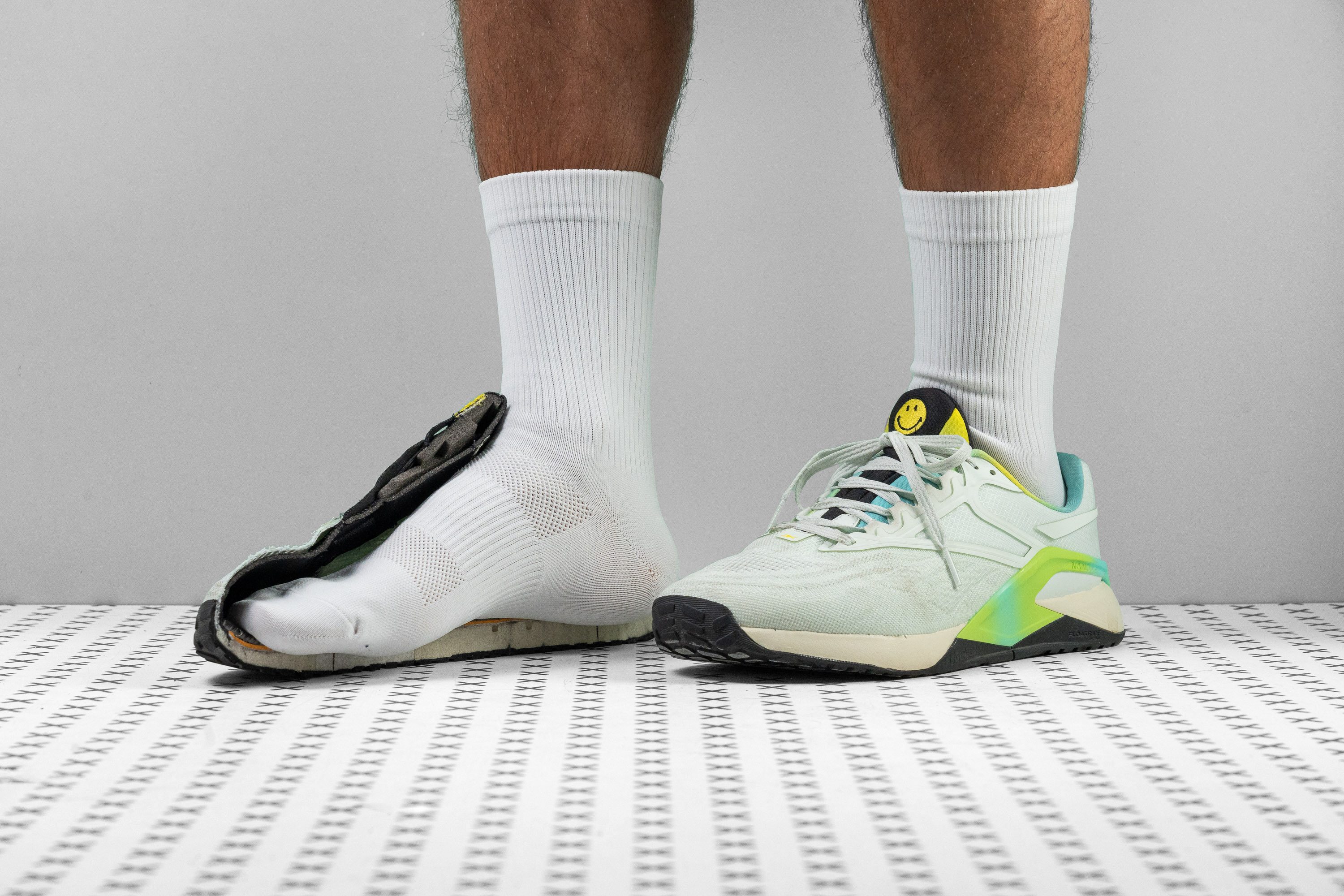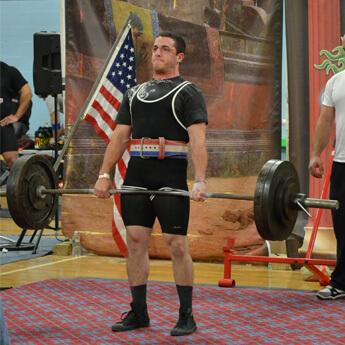Our verdict
Pros
- Wraparound comfort
- Good for moderate lifting
- Great cushioning for jumps
- Okay for short runs
- Awesome foothold and stability
- Great traction
- Highly durable
- Perfect for wide feet
- Breathable upper
Cons
- Too roomy for medium/narrow feet
- Not ideal for rope climbs
Audience verdict
- Top 29% in Reebok Nano training shoes
Comparison
The most similar training shoes compared
+ + Add a shoe | |||||
|---|---|---|---|---|---|
| Audience score | 88 Great! | 84 Good! | 82 Good! | 87 Great! | |
| Price | $140 | $150 | $150 | $130 | |
| Use | CrossfitWorkoutCross-trainingGymHIITJumping rope | CrossfitWorkoutCross-trainingGymHIITJumping ropeAll sports | CrossfitWorkoutCross-trainingGymHIITJumping rope | CrossfitWorkoutCross-trainingGymHIITJumping ropeAll sports | |
| Drop lab | 8.7 mm | 8.6 mm | 7.7 mm | 4.8 mm | |
| Heel stack lab | 25.4 mm | 26.0 mm | 22.9 mm | 22.3 mm | |
| Forefoot | 16.7 mm | 17.4 mm | 15.2 mm | 17.5 mm | |
| Weight lab | 10.8 oz / 307g | 11.7 oz / 332g | 12.1 oz / 342g | 12.3 oz / 350g | |
| Breathability | Breathable | Breathable | Breathable | Moderate | |
| Width / fit | Narrow | Narrow | Medium | Narrow | |
| Toebox width | Narrow | Medium | Medium | Medium | |
| Size | Slightly large | Slightly small | True to size | Slightly large | |
| Midsole softness | Balanced | Balanced | Balanced | Balanced | |
| Stiffness | Stiff | Moderate | Moderate | Stiff | |
| Torsional rigidity | Flexible | Stiff | Flexible | Stiff | |
| Heel counter stiffness | Moderate | Stiff | Moderate | Moderate | |
| Toebox durability | - | Good | Bad | Good | |
| Heel padding durability | - | Good | Decent | Bad | |
| Outsole durability | - | Good | - | Decent | |
| Midsole width - forefoot | Average | Narrow | Average | Average | |
| Midsole width - heel | Average | Average | Average | Average | |
| Widths available | Normal | Normal | Normal | Normal | |
| Insole thickness | Average | Average | Average | ||
| Outsole thickness | Average | Average | Thick | Average | |
| Outsole hardness | Average | Average | Average | Average | |
| Heel tab | None | None | None | Finger loop | |
| Tongue: gusset type | None | Both sides (full) | Both sides (full) | None | |
| Tongue padding | Very thick | Average | Very thin | Average | |
| Ranking | #16 Top 33% | #21 Bottom 36% | #26 Bottom 21% | #14 Top 43% | |
| Popularity | #20 Top 41% | #5 Top 16% | #18 Bottom 45% | #25 Bottom 24% |
Size and fit
Size
Reebok Nano X2 fits slightly large (69 votes).
Who should buy the Reebok Nano X2
This addition to Reebok's iconic Nano cross-training series is a no-brainer if:
- you need the ultimate all-rounder for lifting, aerobic exercises, and even all-day wear
- you have wide feet and prefer that extra toebox space
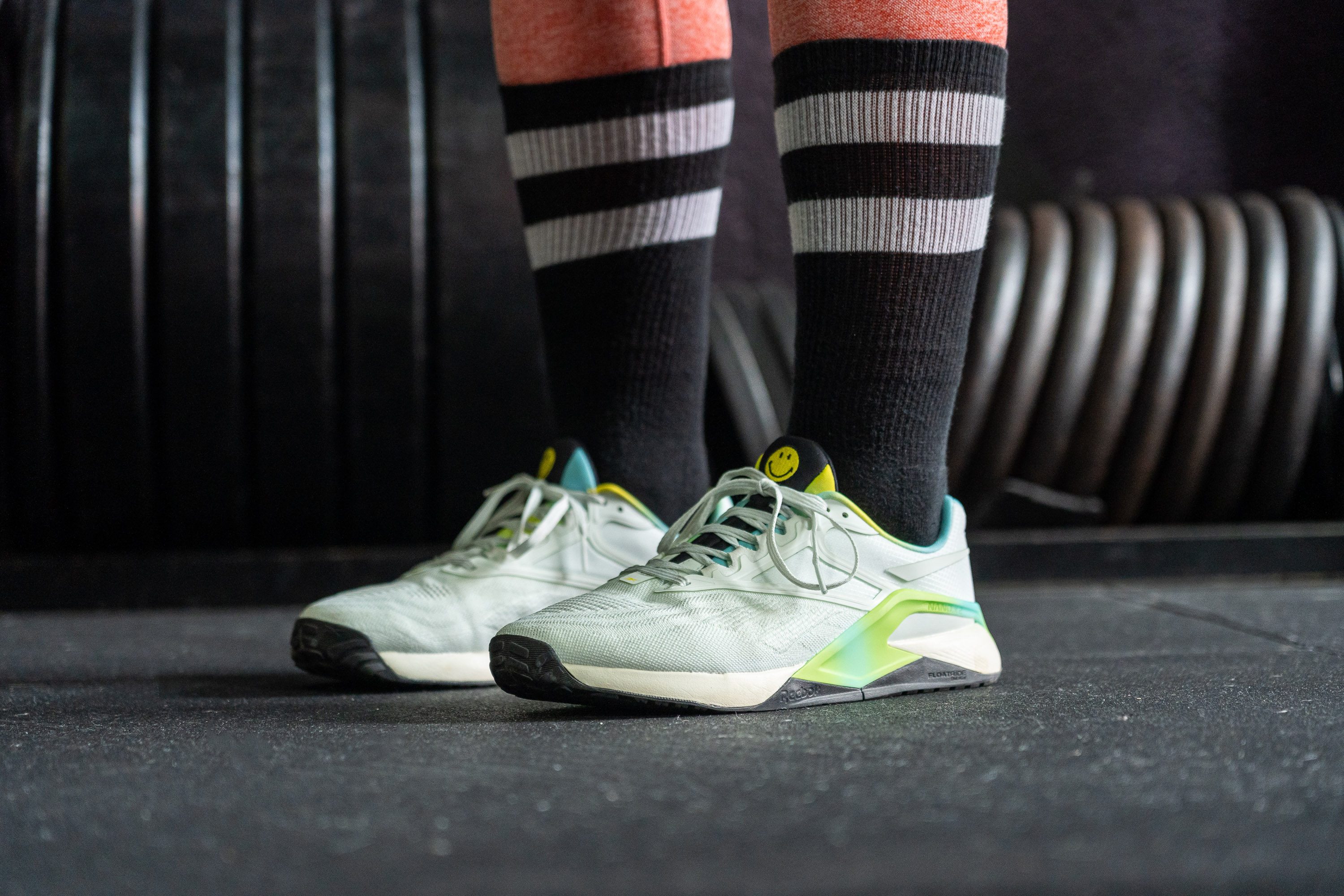
Who should NOT buy this trainer from Reebok
The Reebok Nano X2 is not the best fit for people with narrower feet. If you want a similar gym shoe that would be more form-fitting, we would get the Nike Metcon 8 or the NOBULL Outwork.
These shoes are also better options if you do a lot of rope climbing.
You might as well check out the Reebok Nano X3 as we found no issues with its upper and found it to be great for rope climbing.
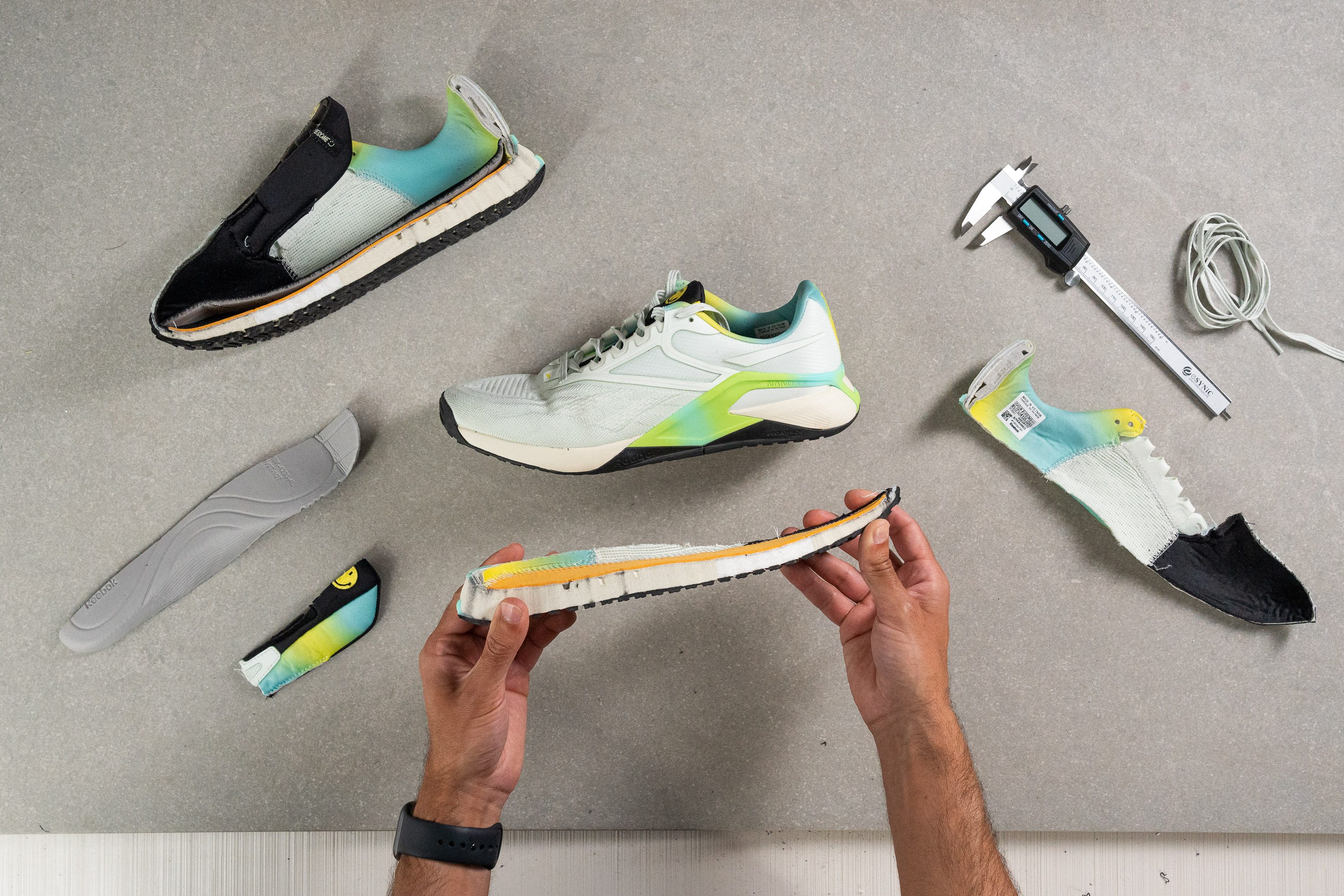
With the Reebok Nano X2, it will be comfort all over
We commend the new knit upper on the Nano X2 for its comfort. We admire how Reebok managed to make it so comfy and airy and yet very abrasion-resistant. We found that it breathes exceptionally well.
The Reebok Nano X2 is among the breeziest training shoes we've tested. As you can see from our breathability tests, the material easily passes lots of smoke and light through it. We rated the shoe's ventilation as 4 out of 5 where 5 is the most breathable.
Our Dremel test confirmed that the Nano X2 doesn't skimp on durability either. Its knit upper doesn't have any thick synthetic overlays but still shows an incredible level of wear resistance.
After applying the tool to the Nano X1 and X2 at the same force and speed, we saw significantly less wear on the X2.
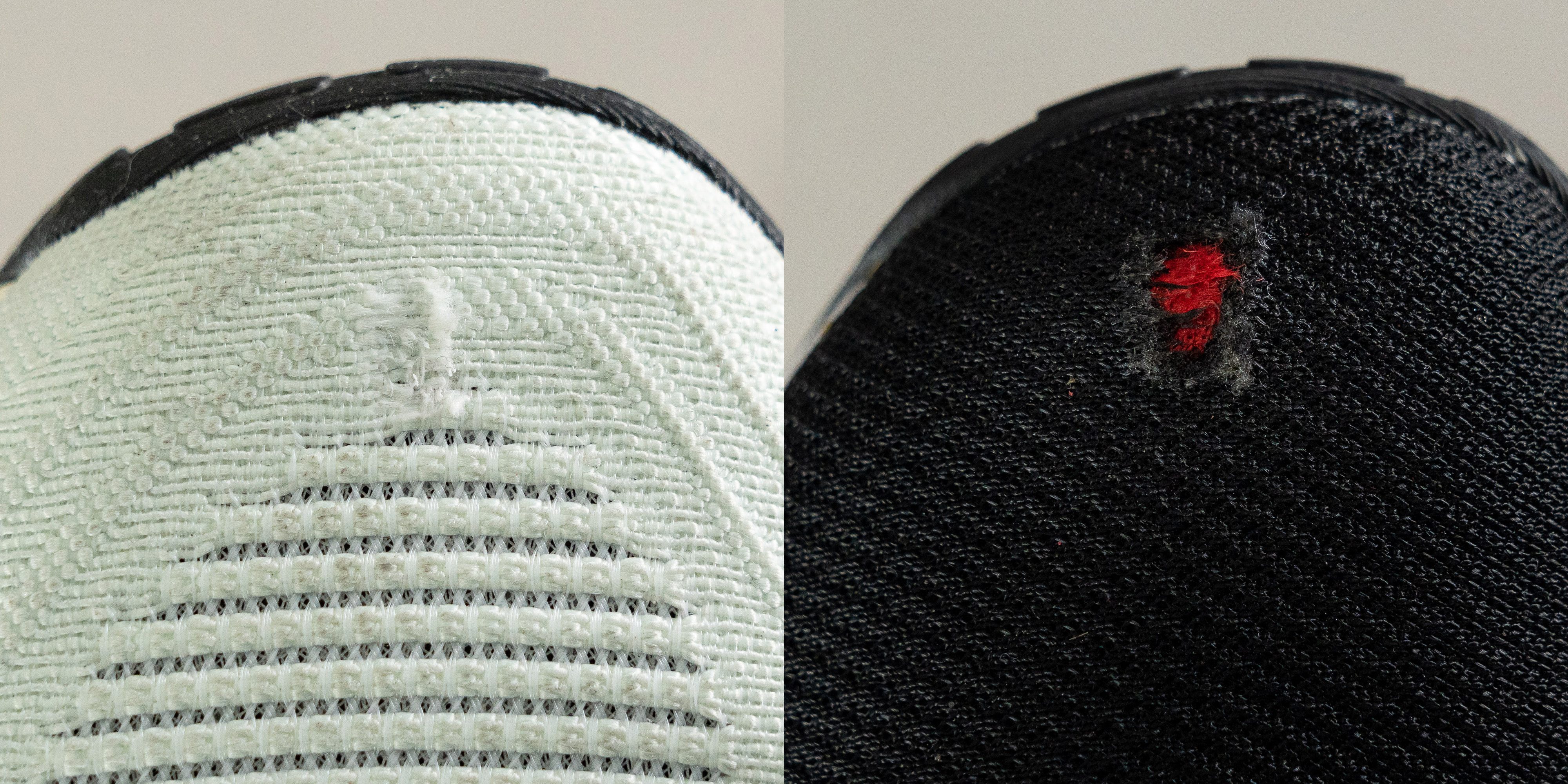
This way, the Reebok Nano X2 manages to walk a fine line between durability and breathability as opposed to the Metcon 8. The latter has a thick TPU coverage throughout the upper which adds durability while sacrificing weight and airiness.
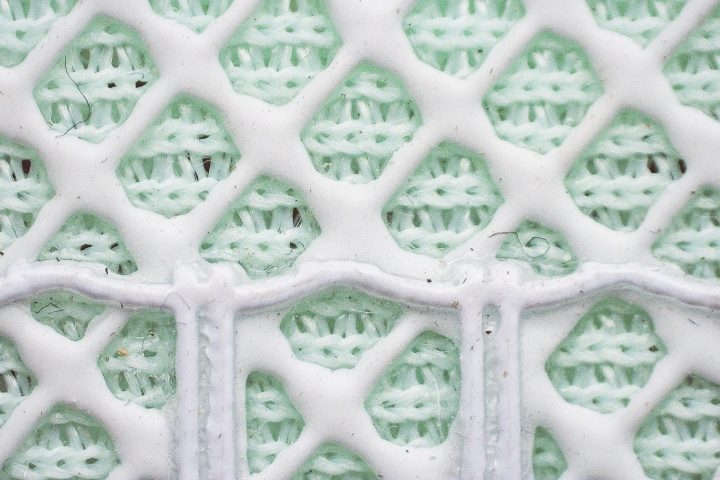
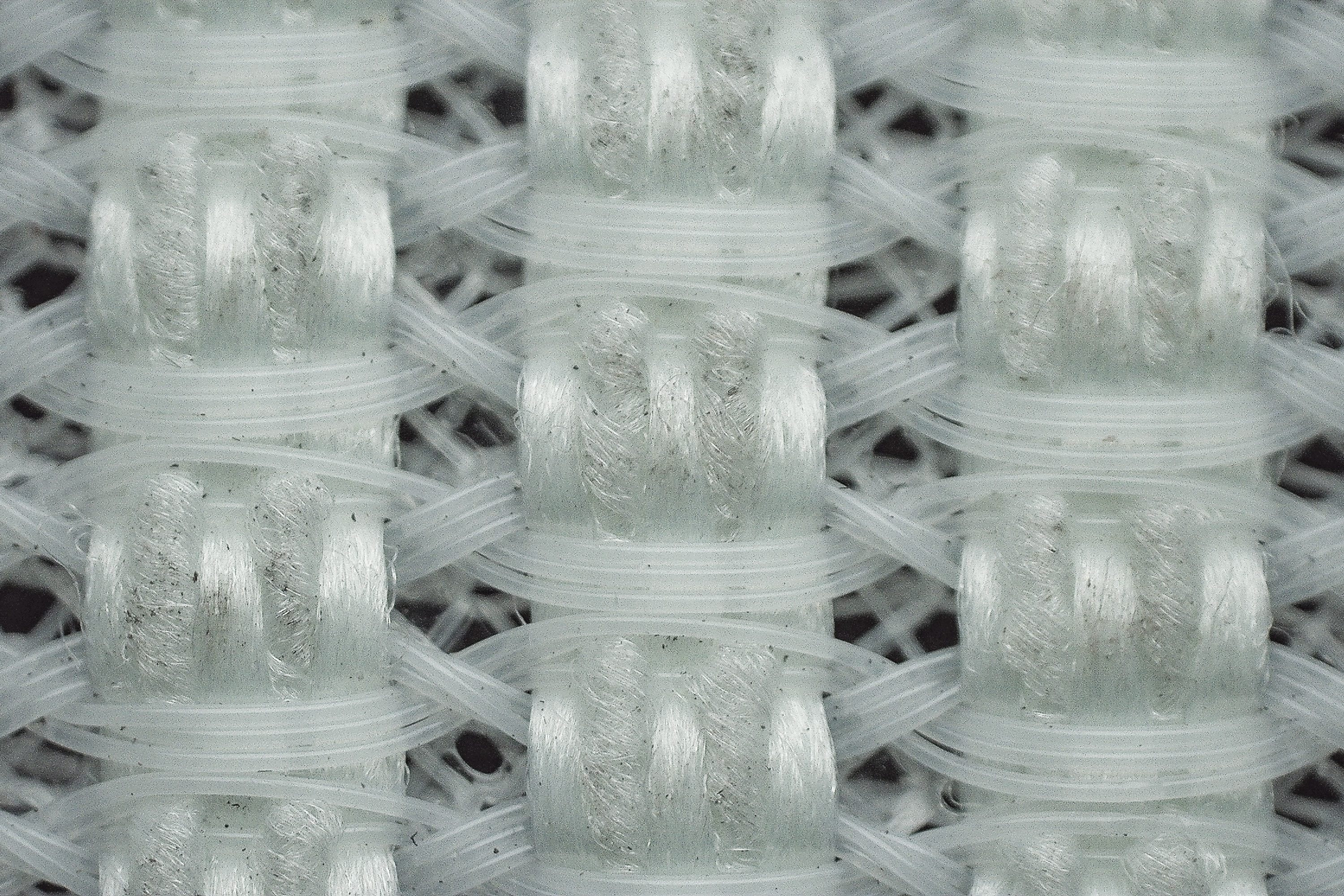
We also discovered that the Nano X2 also has more padding in the tongue which prevents lace bites effectively and doesn't slide around as much as it did in the Nano X1.
The tongue got 1.6 mm thicker compared to the Nano X1 and is now 10.4 mm thick on the Nano X2. This is considerably thicker than the average 6.4 mm.
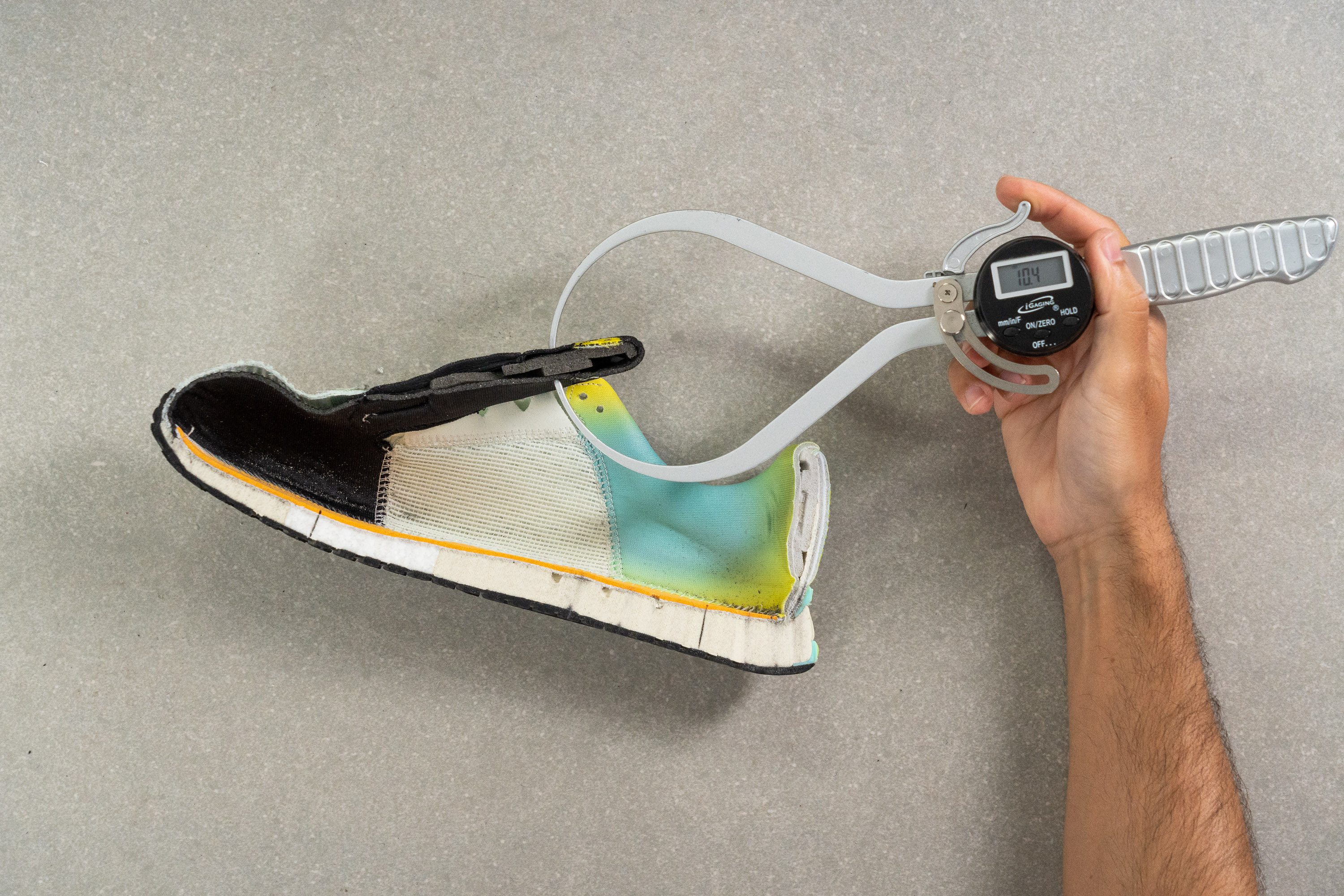
Support and lockdown? Never a problem!
Based on our workouts, we confirmed that the Reebok Nano X2 is really a supportive cross-trainer. The shoe provides consistent foot containment through its strategically placed overlays, sturdy heel counter, and efficient lacing system.
We realized that underneath the well-padded collar is an internal heel counter that keeps the foot in place. We greatly applaud this for being sturdy and supportive.
In a manual assessment, we came to agree with these statements as the rearfoot portion of the shoe is quite stiff. On a 1-5 scale where 5 is the stiffest, we rated it as 3.
The heel counter is complemented by a rigid heel clip that runs from right above the foam up until both the lateral and medial sides of the forefoot. This special feature keeps the shoe stable and ensures forefoot flexion during explosive movements. Due to this, we felt really secure.
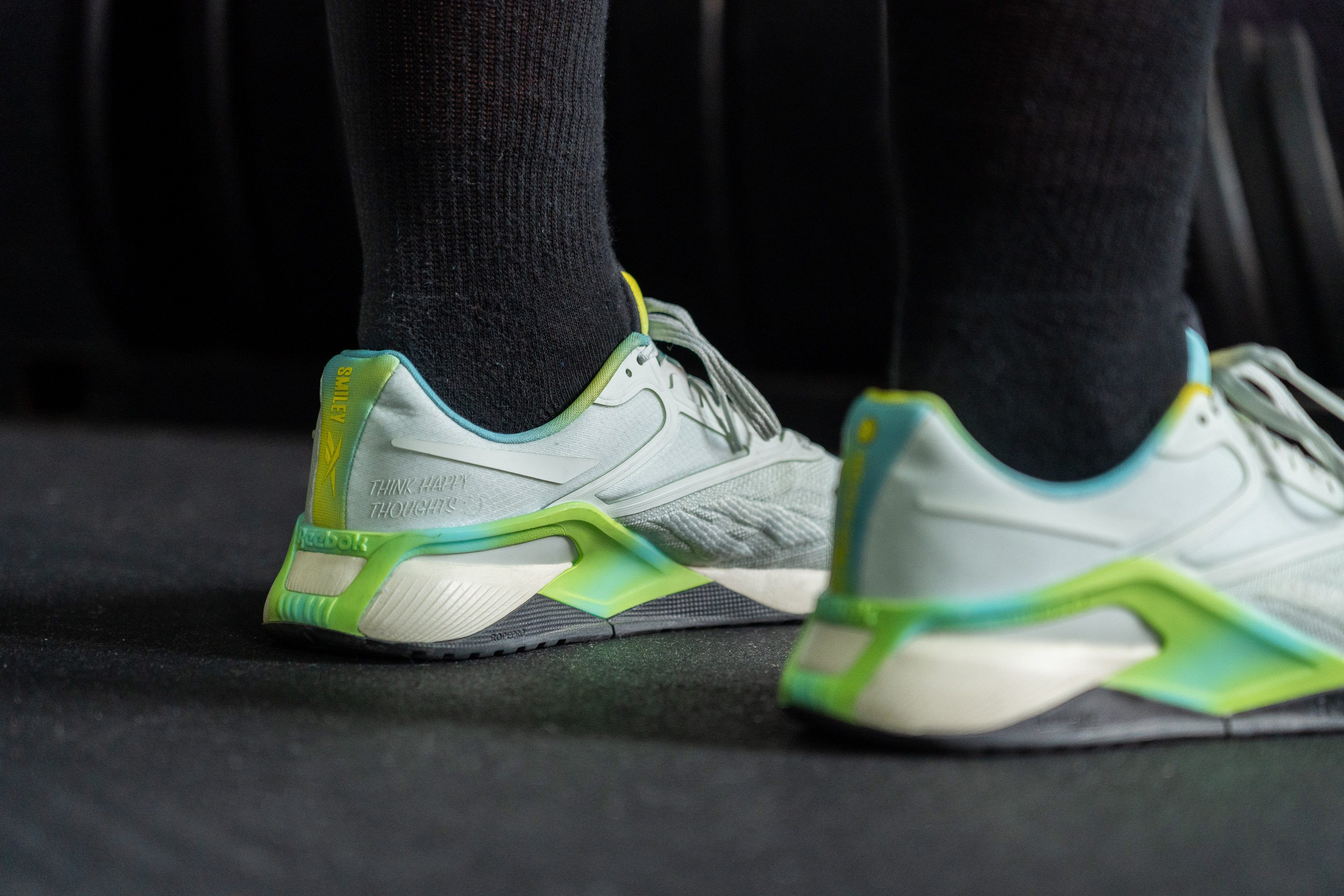
Besides, the heel collar has been lowered in the Nano X2, eliminating the heel rubs of the previous model.
We also affirmed that the lacing system is quite robust and does a really good job of keeping the shoe securely on even during the most aggressive moves.
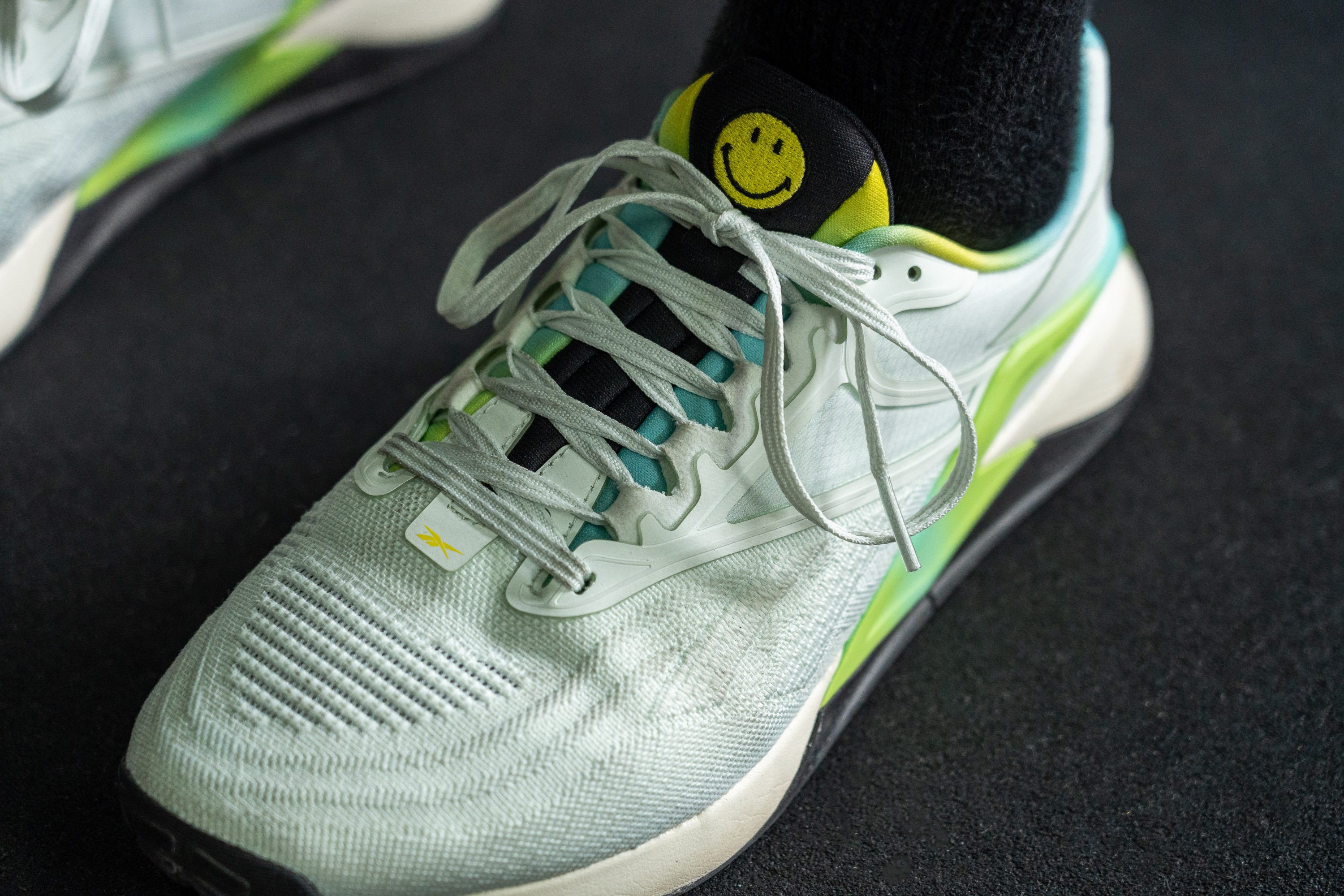
Firm enough for lifting, and yet responsive for HIIT
We especially love the Reebok Nano X2 for the versatility that it brings.
We are happy that we can experience the best of the brand's Floatride cushioning all while feeling stable enough when lifting. The shoe's barely compressible heel handles moderate weights perfectly.
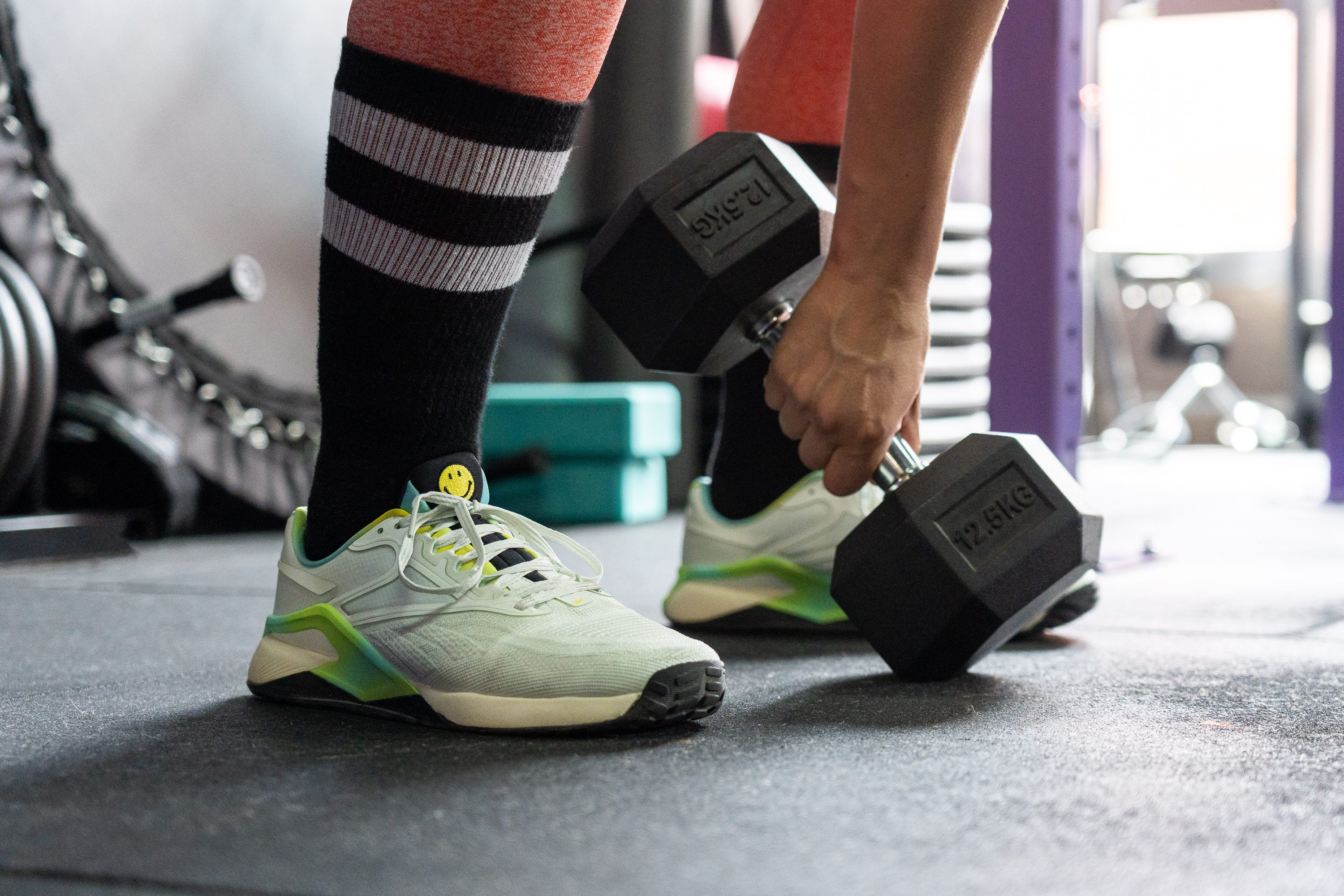
The shoe is also responsive enough for jumps and doesn't kill our feet on 1-3 mile runs.
Interestingly enough, the cushioning foam in the heel of the Nano X2 turned out to be softer than in the forefoot! Normally, it's the other way around in training shoes. You need a harder heel for lifting.
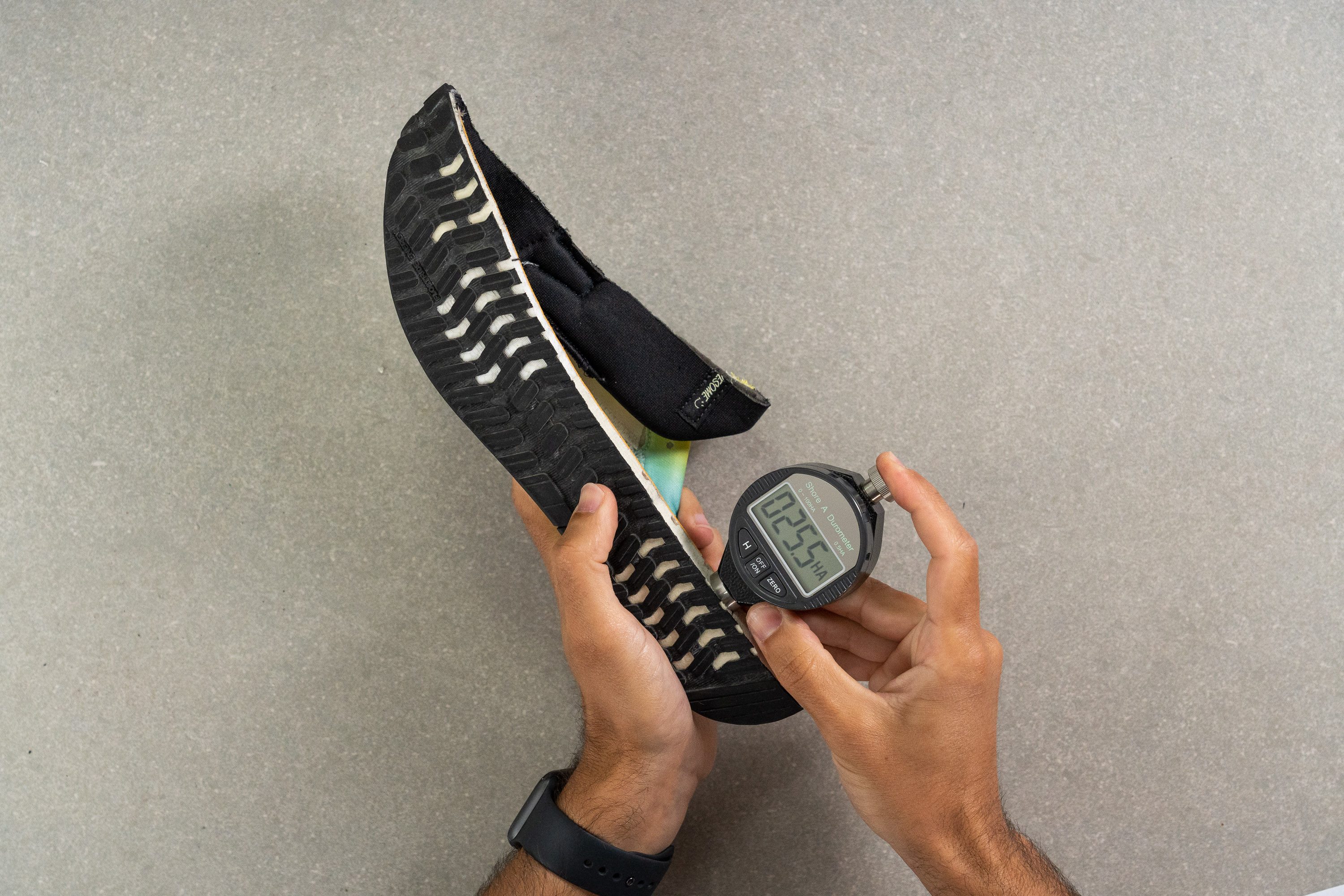
In the heel, the X2 is 9% softer than average and in the forefoot, it is 15% firmer than average.
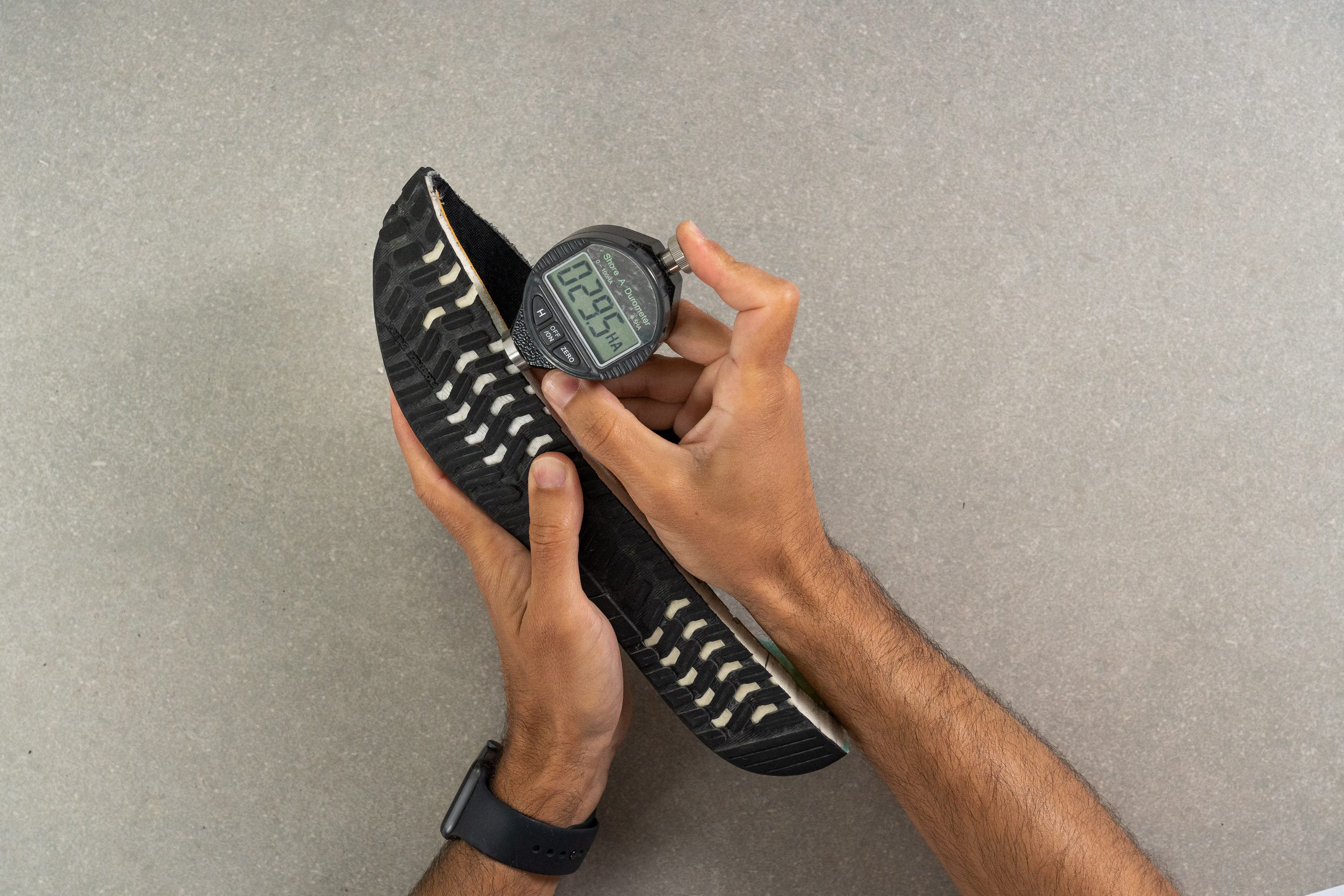
Bottom line: if you need a versatile cross-trainer for a little bit of everything, then we recommend the Nano X2 as it does an excellent job. But if you expect a firmer heel, we suggest considering the Metcon 8 instead.
A little taller than your typical Crossfit shoe
The most recent Nanos have moved away from their role as dedicated Crossfit footwear to being more versatile gym trainers. As a result, their stack height and heel-to-toe drop have gotten slightly taller.
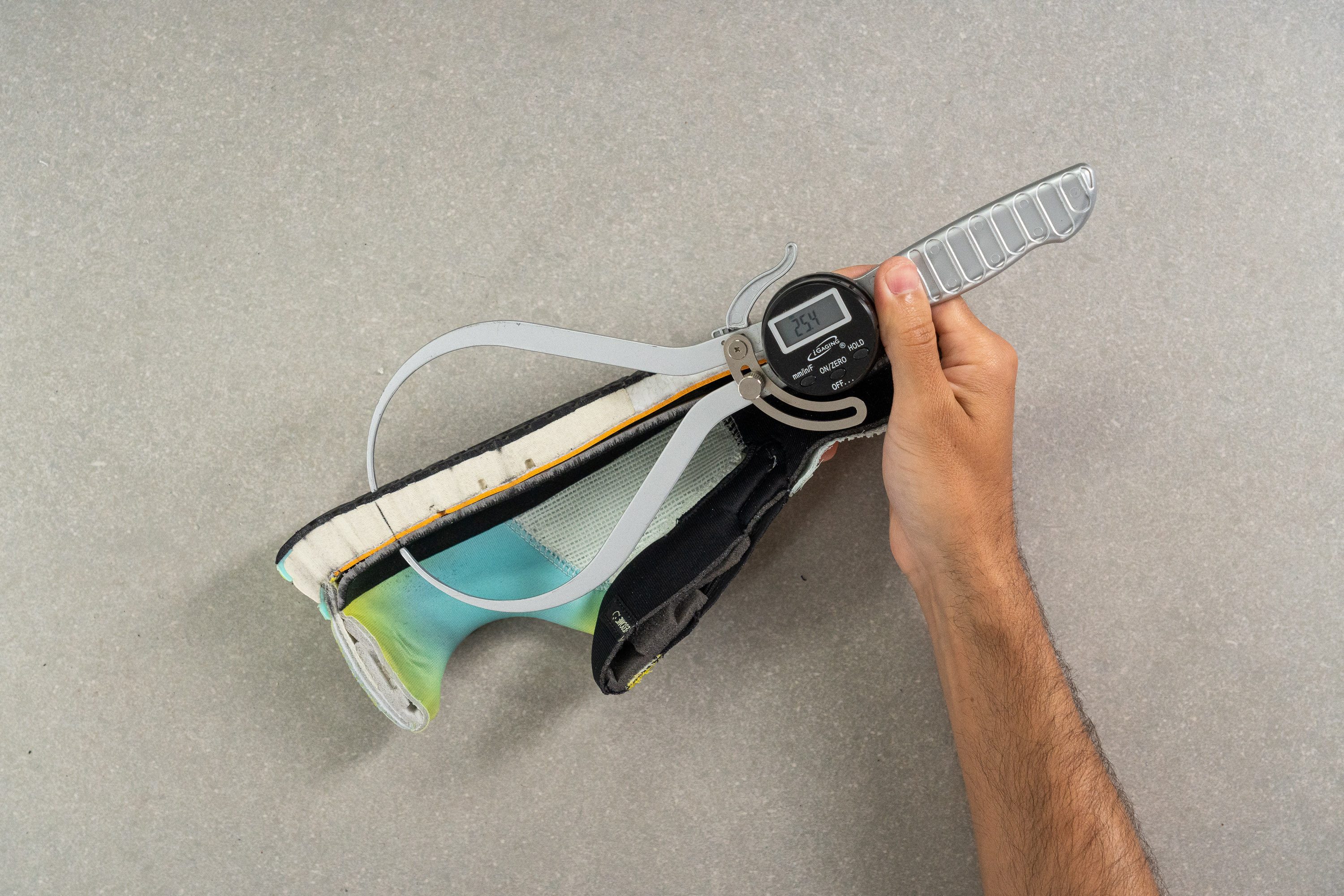
Of course, we couldn't resist grabbing a pair of calipers. The results show that in the heel, the Nano X2 (25.4 mm) is just a millimeter taller than the average (24.5 mm). And in the forefoot (16.7 mm), it is actually lower than the average (18.6 mm).
This means that despite growing some millimeters in the heel, the Nano still remains a fairly low-to-the-ground shoe.
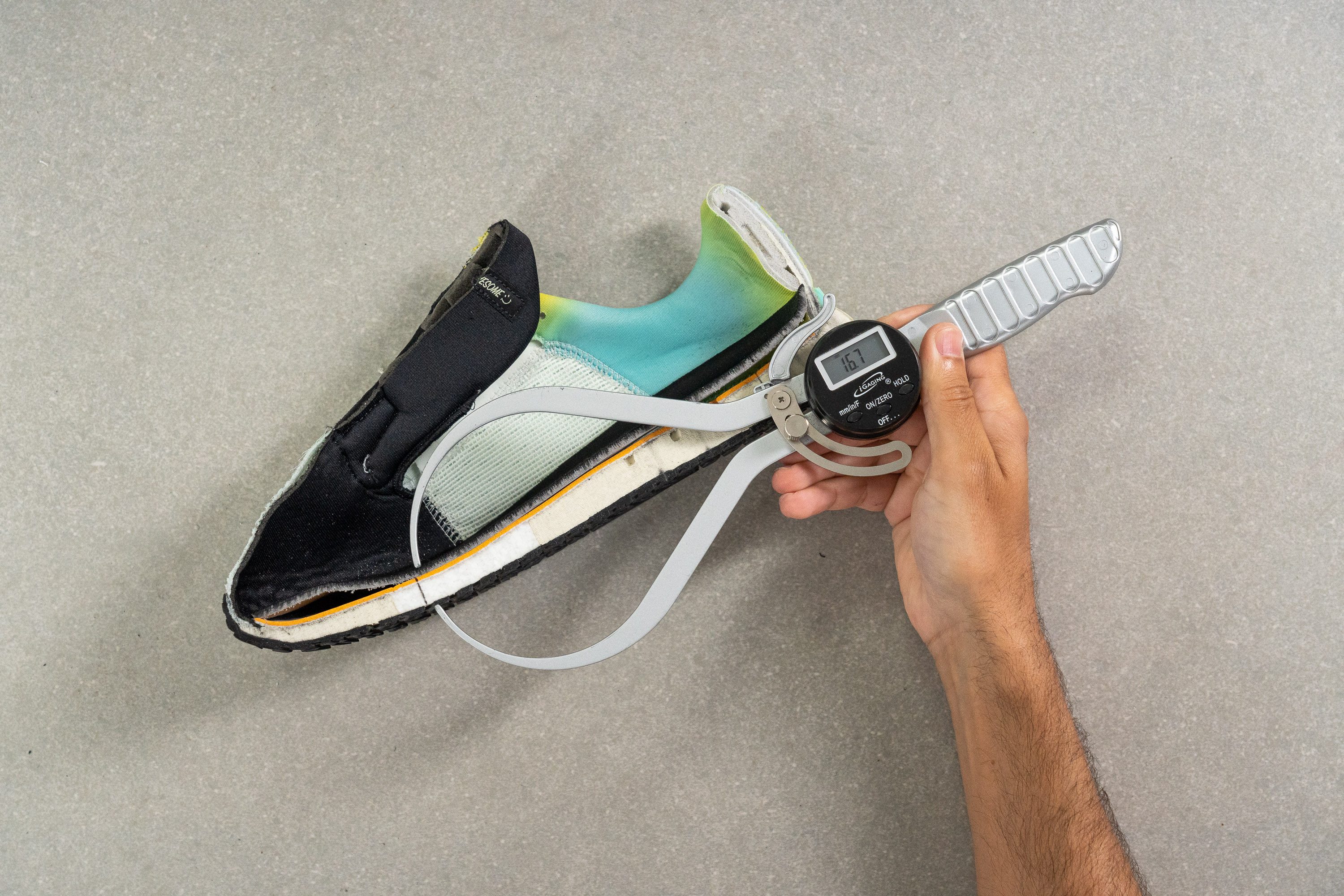
You can see from our findings above, that it appears to be 8.7 mm tall. The most grounded cross-trainers tend to have a 4-mm drop.
Disclaimer: The insole is always included in our stack measurements. In the Reebok Nano X2, it is 3.5 mm thick, which is the average for training shoes.
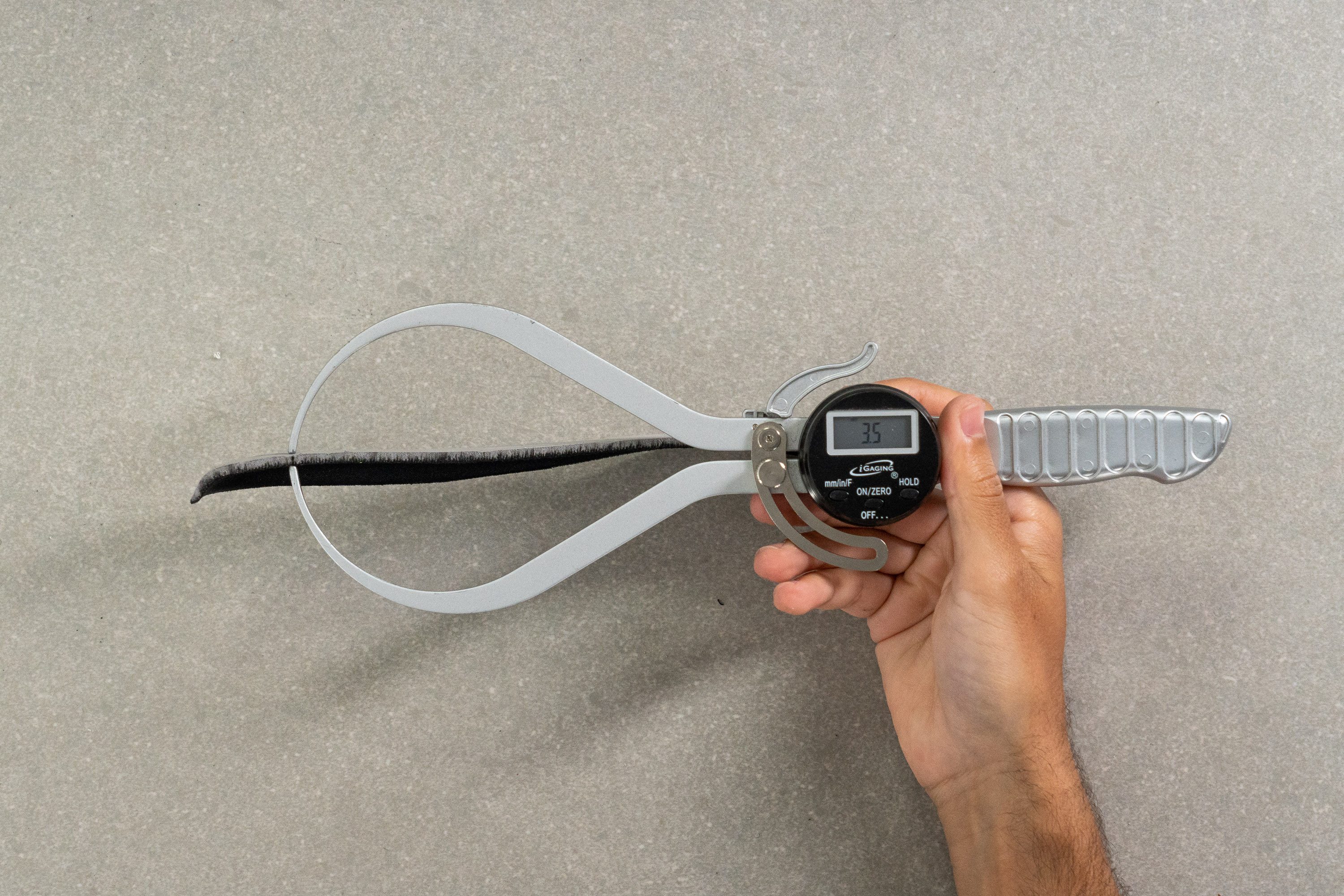
All the right flex in all the right places
We attest that burpees, lunges, planks, and all that jazz are easy to do in the Nano X2. We feel that there is a good amount of flex in the forefoot that doesn't compromise stability.
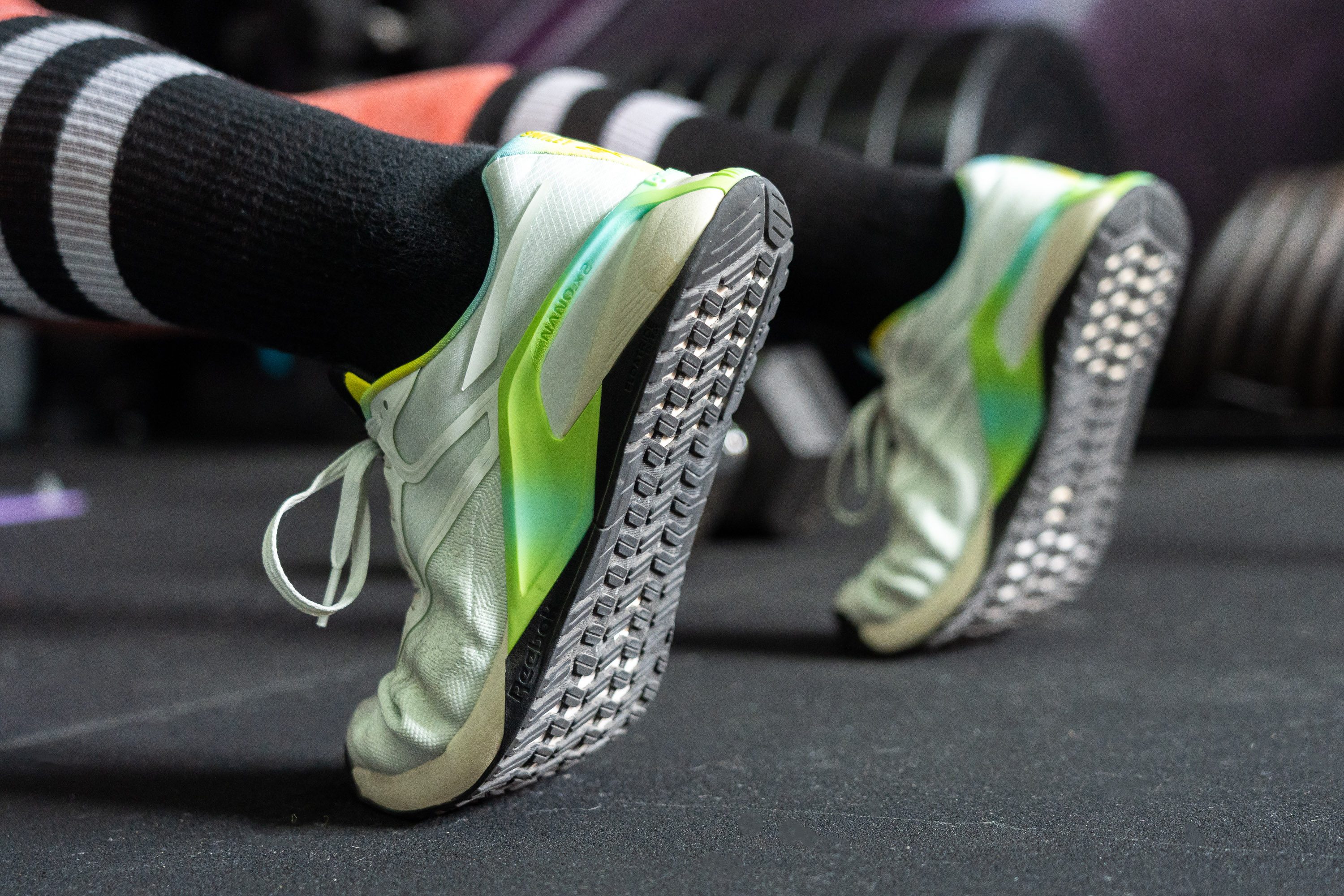
True, the Reebok Nano X2 is very easy to bend forward. So much so that we rated it as 1 out of 5 (1 is the most flexible) in our manual assessment. We also measured it with a resistance gauge and found that the X2 is 67% more flexible than cross-trainers on average!
But as we try to twist the shoe, it goes back to being the good old stiff trainer. And this is a good thing, given that you need that for lateral support and stability.
Gain traction with the (outsole of the) Reebok Nano X2
The outsole of the X2 is an exact replica of the X1's. We observed that this setup offers a dependable grip on smooth gym floors, keeping us stable and safe.

Construction that you can depend on
The shoe is well put together with no noticeable blemishes, and this shoe is really as good as it looks! Even after being used for different types of workouts, this shoe left us amazed that it still shows no serious signs of wear and tear. With this, we can fairly expect this trainer to last long.
...but just maybe not for rope climbs
Even though the shoe's grip on the rope is fantastic, we noticed that there is a problem with the durability of the ROPEPRO lip. Located on the inner side of the midsole, it tends to pull off, making the shoe useless for rope climbs.
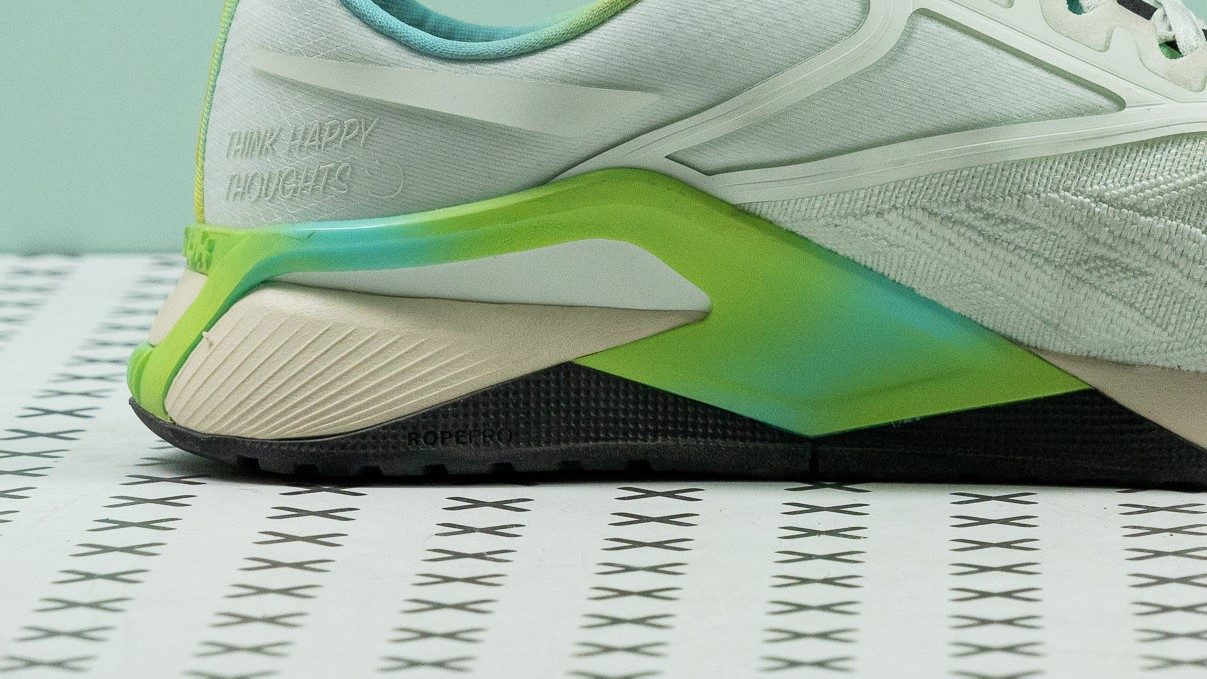
Nano X2 is heaven for wide feet (narrow footers, beware)
After the initial break-in, we discovered that the shoes opened up and relaxed quite a bit because of the knit upper. Given that the shoe has a roomy fit in the first place, we suggest those with medium-to-narrow feet to consider getting half a size down.
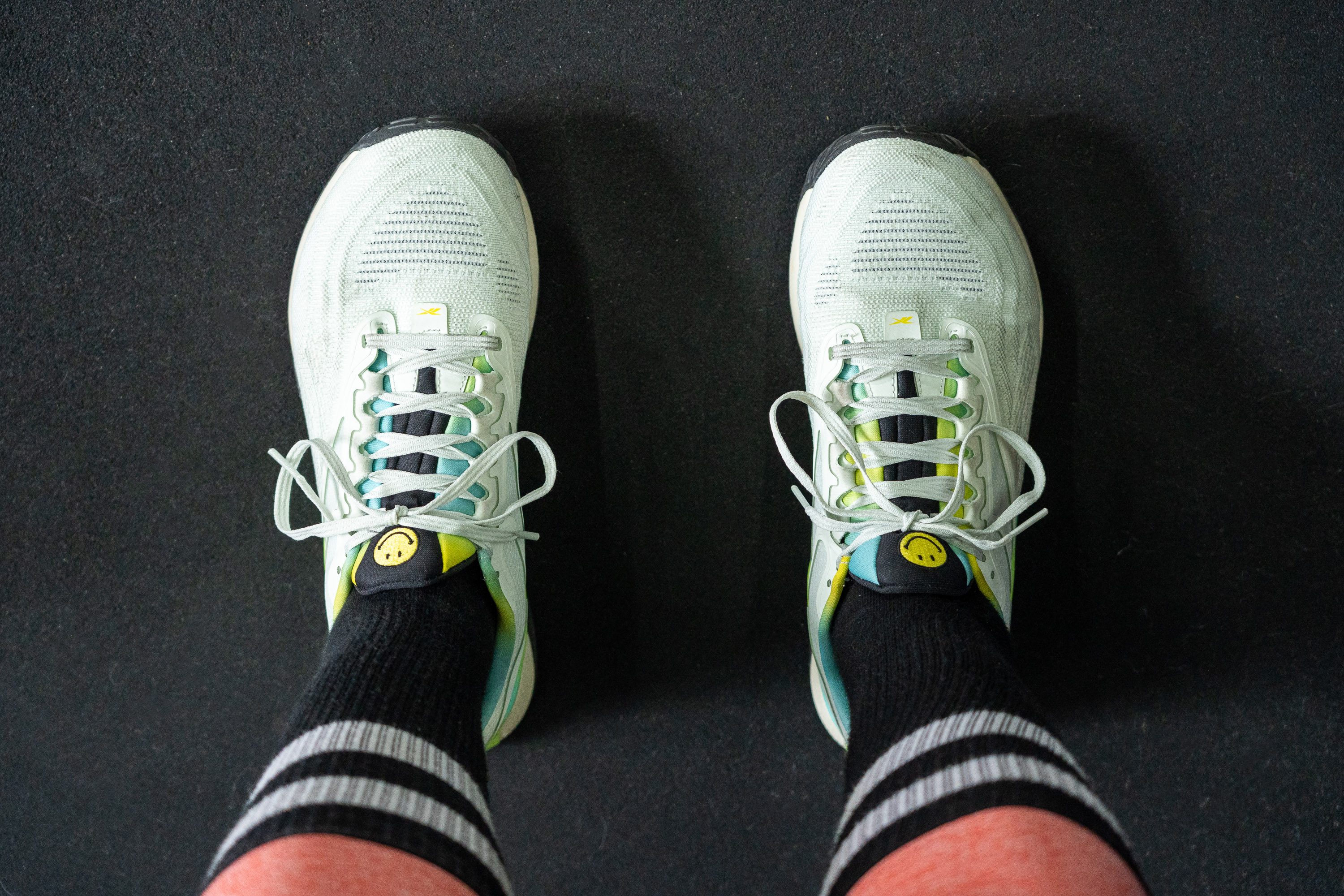
But if you have worn the Nano X1, it is safe to get the same size in the X2.
To better convey the toebox dimensions, we measure its width in both the widest part of the forefoot and around the toes. In the forefoot, the Reebok Nano X2 (100.7 mm) is wider than most training shoes but in the toe area (73.4 mm), it's actually narrower than the average by 4 mm.
So, despite being on the wide side, it is not as gigantic as it may first appear.
